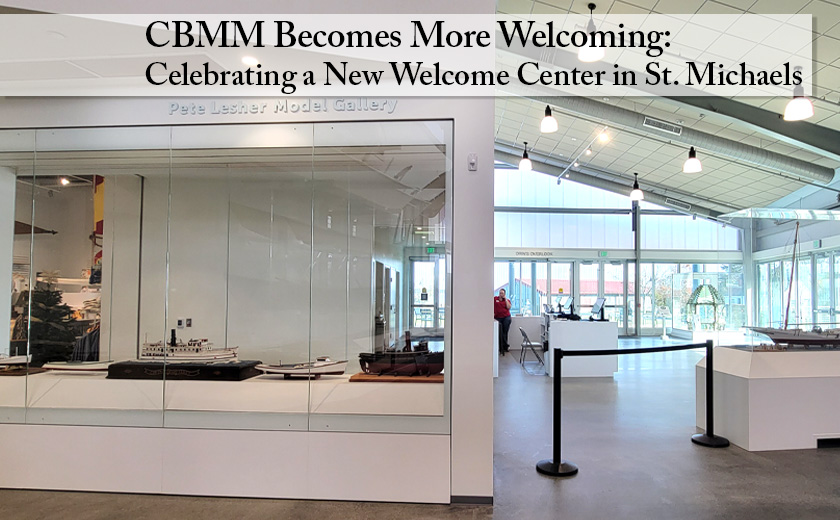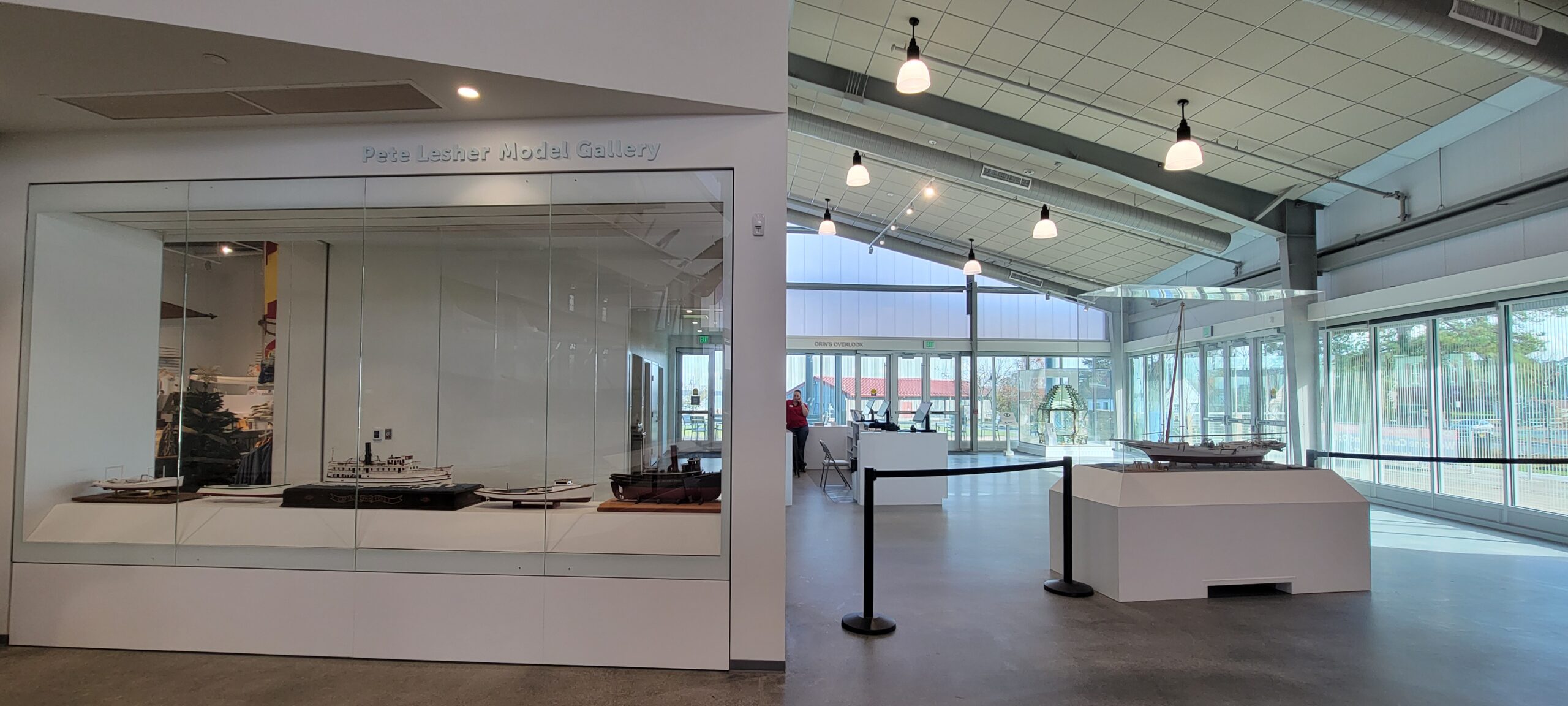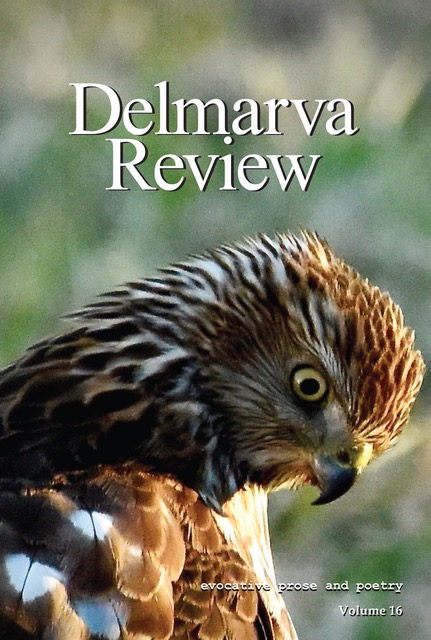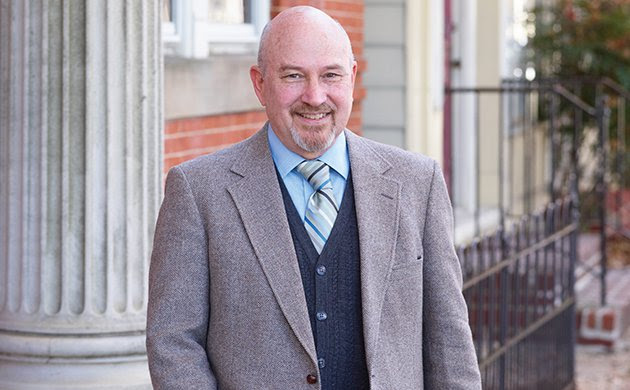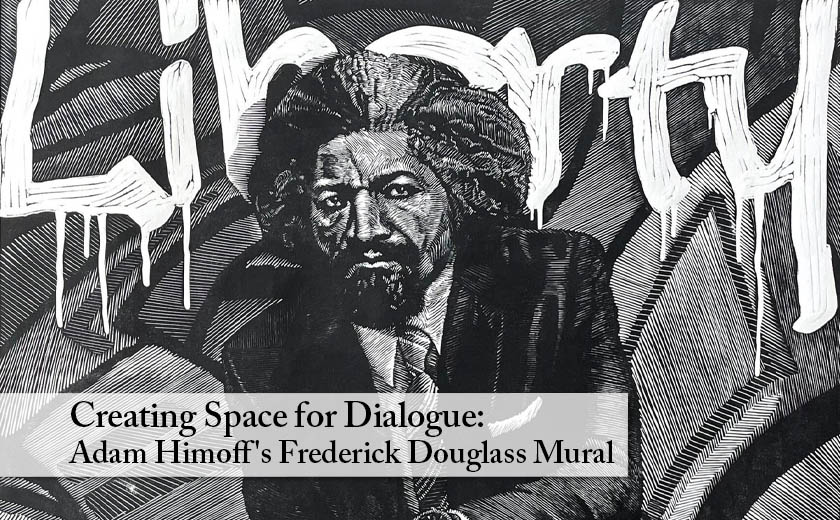Practically everyone who ever heard a Christmas song or tune knows that Irving Berlin wrote “White Christmas” and that Tchaikovsky composed “The Nutcracker Suite.” Although seasonal masterpieces get their due in the Mid-Atlantic Symphony Orchestra’s delightful “Holiday Joy” concert, Leroy Anderson is the star composer in this diverse and illuminating program.
Not exactly a household name, Anderson arranged a medley – first recorded by the Boston Pops in 1950 – into a classical overture he called “A Christmas Festival,” featuring the greatest holiday hits we all know (except maybe only Brits are familiar with “Good King Wenceslas”). After this collection opened “Holiday Joy,” MSO’s Grammy-winning music director confessed his love of Christmas music regardless of his Jewish heritage. Irving Berlin would very likely agree.
On a crowded Avalon Theatre stage with 39 musicians, including Repper, who played two pieces on a keyboard because there was no room for a sit down piano, the orchestra boldly proclaimed that “It’s the Most Wonderful Time of the Year” before another piece by Leroy Anderson riveted our attention thanks to the clarion call of three MSO trumpeters – Luis Engelke, Josh Carr, and Ross McCool. In fact, Anderson’s “Bugler’s Holiday” is more widely associated with Fourth of July fireworks than Christmas stockings hanging from a fireplace mantel. But as performed by the trumpet trio accompanied by a fulsome orchestra, the holiday spirit transposed seamlessly from a key of July to one of December.
But that was hardly the only liberty Repper took in presenting “Holiday Joy.” While the duet from Rossini’s “The Barber of Seville,” starring soprano soloist Claire Galloway and baritone Rob McGinniss, has nothing to do with Christmas or any other holiday – unless there’s one on the Italian calendar I missed – this rendition of a scene from arguably the best comic operas ever created is worth celebrating any day or night it’s performed. Never mind that it’s all sung in Italian, the actorly skills of Galloway and McGinniss translate beyond language barriers, not to mention their sonorous and soaring tones. But if you insist, McGinniss, as Figaro declares, “Women, women – eternal gods!/Who can figure you out?”
The lovely “Christmas Waltz” by Sammy Cahn and Jule Styne and McGinnis’s interpretation of “White Christmas” preceded the “Barber of Seville” diversion that returned to seasonal form with Galloway’s soulful “In the Bleak Midwinter.” Based on a poem by Christina Rossetti, originally titled “A Christmas Carol” before Charles Dickens published his Scrooge salvation saga, it was later set to music by Gustav Holst.
More cheerfully, we were advised to have ourselves “A Merry Little Christmas” by Galloway and McGinniss, who, it turns out, were classmates with Repper at Baltimore’s Peabody Institute of the Johns Hopkins University Conservatory of Music.
Not forgetting his heritage, Repper led the orchestra in Robert Wendel’s “Hanukkah Overture,” comprised of liturgical pieces and more widely recognized portions of “Rock of Ages” and “I Have a Little Dreidel,” laced with jazzy overtones suitable for Hanukkah’s eight-night Festival of Lights, beginning this year on Dec. 7.
Leroy Anderson kicks off the second half of “Holiday Joy” with “Sleigh Ride,” which, for my money, is way more jingly than “Jingle Bells.” You’ll be convinced I’m right when you hear it led by Repper in his Santa hat. A nod to the “Nutcracker Suite” is inevitable in any Christmas concert. But the orchestra gave Tchaikovsky’s sumptuous melodies their due with four selections we know from Disney’s “Fantasia,” if not from ubiquitous holiday performances of the ballet.
One of the few sacred songs on the program, “O Holy Night,” just about brought the full house at the Avalon down – you might say on our knees, except there was no room for that at our seats. Galloway brought both reverence and inspiration to the lyrics and their echoes in what believers and non-believers alike have heard and recited most of their lives. Through all three verses, she calibrated her soaring lyric soprano voice to enable a thrilling culmination.
Next, the program incorrectly listed “White Christmas” a second time. Instead, with Repper at the keyboard, McGinniss sang my (and the music director’s) personal favorite. I have no nit to pick on the baritone’s interpretation of “chestnuts roasting on an open fire” nor Repper’s accompaniment as the rest of the orchestra raptly listened along with the audience. But it’s not possible in my universe for anyone to top Nat King Cole on his simply perfect reading of Mel Torme’s all-time classic, “The Christmas Song.”
The soprano and baritone returned with a “We Wish You a Merry Christmas,” which, compared to their earlier contributions, amounted to a live singing holiday card. But their finale, narrating the text of Clement Moore’s literally immortal words in “Twas the Night Before Christmas,” showed off the acting skills of McGinniss and Galloway. The orchestra became an extra character in the reading to music composed by Bill Holcombe, with sound-effect punctuations emanating from every section of players.
After a well-deserved standing ovation, virtually everyone sat back in their seats for a singalong encore of first-verse-only versions of songs everyone who ever observed Christmas knows by heart. The evening fully lived up to its billing: “Holiday Joy.”
Note: The “Holiday Joy” concerts are dedicated to longtime MSO patron Norma Redele, who passed away recently. Repper said Redele introduced Jeffrey Parker, the current MSO board president, to the orchestra.
***
The MSO is not done with its season’s greetings after the weekend’s remaining “Holiday Joy” performances. As part of the orchestra’s Ensemble Series, a pair of “Holiday Quintet” concerts will be presented at 7 p.m. Friday, Dec. 15, at Epworth United Methodist Church in Rehoboth Beach and at 4 p.m. Sunday, Dec. 17, at Christ Church in Easton. After that, at the same Easton venue, “A Toast to the New Year” concert, featuring the full orchestra and mezzo-soprano Taylor Hillary Boykins, offers a joyful, tuneful New Year’s Eve celebration starting at 7 p.m., time enough for you to welcome at midnight the year 2024 in your own way. Remember that admission to the MSO concert is separate from the First Night Talbot events happening up and down Harrison Street just outside Christ Church.
‘Holiday Joy’ Concerts
Thursday night, Nov. 30, at Avalon Theatre, Easton. Also, 7 p.m. Saturday, Dec. 2, Epworth United Methodist Church, Rehoboth Beach, and 3 p.m. Sunday, Dec. 3, Ocean City Performing Arts Center, midatlanticsymphony.org
Steve Parks is a retired New York arts critic now living in Easton.




